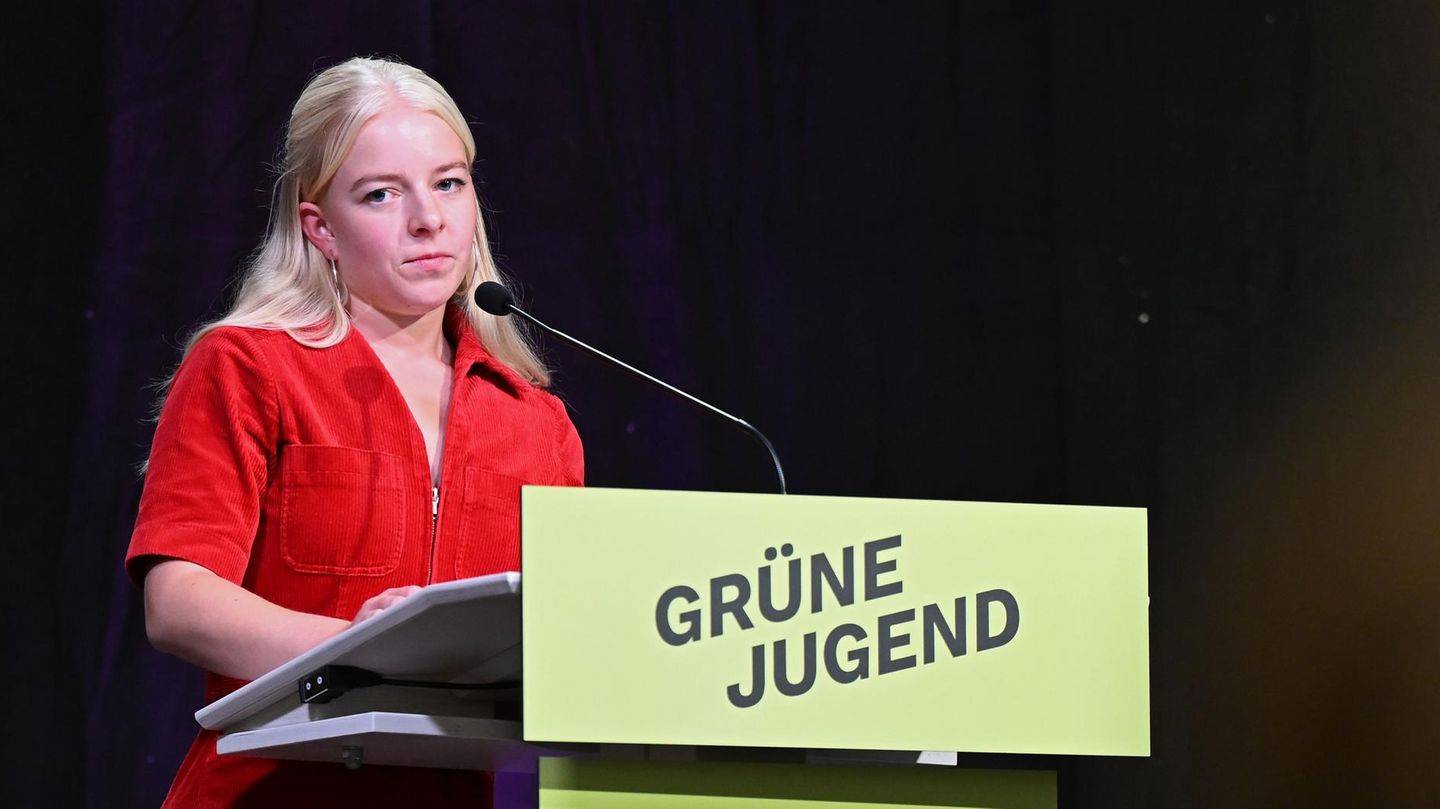The rumor of sales of dollars by the treasure to stabilize the weight gains strength after consulting reports.
In recent weeks, Argentine financial markets have been attentive to a rumor that has gained strength: the national treasure would be selling dollars of their reserves to contain pressure on the exchange rate. This speculation, which initially circulated in financial circles, was backed on Friday by reports of two recognized local consultants, 1816 and vector, They pointed out one Fall in Treasury dollars in the Central Bank of the Argentine Republic (BCRA)accompanied by an increase in deposits in pesos. According to estimates, the volume of these operations would be around US $ 350 million, a figure that, although modest in the global context, raises questions about the government’s economic strategy in a crucial election year.
The content you want to access is exclusive to subscribers.
A context of restrictions and commitments
The agreement with the International Monetary Fund (IMF), signed in April 2025, establishes clear limits for Argentine exchange policy. Among them, BCRA is prohibited from selling dollars in the official market below the upper band, currently at $ 1,465, according to the flotation regime between bands ($ 1,000- $ 1,400, adjusted monthly to -1% and +1%, respectively). In addition, the treasure promised not to make foreign currency sales within this band, prioritizing the accumulation of net international reserves to strengthen the balance of the BCRA, a key objective of the program with the IMF. However, recent data suggests that this restriction could be breached.


The program with the IMF requires that the BCRA accumulate net reserves to meet quarterly goals, but the results have been disappointing. In the first review of June, Argentina did not achieve the objective of increasing net reserves by US $ 4,500 millionwhich led to the IMF to make the goals more flexible for the remaining of 2025. Despite significant disbursements, such as US $1,000 million received in April and US $ 2,000 million in June, net reserves remain in negative terrain
The evidence of the consultants
The 1816 and vector reports, published on Friday, shed light on treasure operations. According to 1816the fall in treasure dollar deposits in the BCRA, together with an increase in deposits in pesos, suggests that The government is selling currencies in the spot market to absorb pesos and relieve pressure on the exchange rate. Vector, meanwhile, emphasizes that these sales could be destined to prevent the official dollar from approaching the band’s roof, which could unleash a new wave of uncertainty in a market already sensitive to exchange fluctuations. Both consultants estimate that the volume of sales amounts to about US $ 350 million, a figure that, although not officially confirmed by the Treasury, coincides with the dynamics observed in the market.
Image

This strategy is not new. Since mid -July, The BCRA has intensified its market interventions, not only through sales of futures and adjustments in bank lace, but also through increases in interest rates to discourage the demand for dollars. However, the participation of treasure in these operations add a layer of complexity. Treasury dollars come from multiple sources: IMF disbursements, loans from multilateral organizations such as the World Bank (US $ 1.5 billion in April) and debt operations. Originally, these currencies were expected to be used to recapitize the BCRA OA to cover expiration maturities, such as US $ 861 million in interest to the IMF in August Yu $ S883 million in November. However, its use to intervene in the exchange market suggests a change in the priorities of the economic team
An echo of the past: the precedent of 2018
The possible sale of dollars from the treasure recalls an episode of 2018When Luis Caputo, current Minister of Economy, was president of the BCRA. At that time, An agreement with the IMF also prohibited the sale of dollars to contain the exchange rate, but Caputo authorized multiple interventions in the market, which resulted in its departure after a few weeks. This antecedent generates skepticism among investors, who fear that history can be repeated. The government’s priority seems to keep the dollar below the band’s roof to the October elections, even if that implies breaking commitments to the IMF
Implications and risks
The decision of the treasure to sell dollars, if confirmed, reflects the tension between two apparently contradictory objectives: disinflation and accumulation of reserves. The government has prioritized the stabilization of the exchange rate to anchor inflationary expectations, especially in a context where inflation remains a challenge. The third phase of the economic program faces obstacles to achieving both objectives simultaneously.
In addition, sales of dollars from the treasure could have a significant cost. By reducing currency deposits, the Government compromises its ability to comply with external debt matches. This could force the BCRA to attend treasure with more dollars, further weakening net reserves, which are already negative.
Conclusion
The possible intervention of the treasure in the exchange market, selling dollars to contain the exchange rate, reflects the urgency of the government for maintaining macroeconomic stability in an electoral year. However, this strategy raises significant risks: breach of IMF goals, the weakening of net reserves and the erosion of investor confidence. While the BCRA refrains from intervening directly in the spot market, the treasure seems to have assumed an active role, although not officially confirmed, in an effort to prevent the dollar from reaching the band’s roof. With the elections in sight, The Government is committed to this maneuver allowing you to gain time, but the sustainability of this approach will depend on its ability to manage market expectations in a context of high uncertainty. For now, the movie continues, and the end remains open.
Economist
Source: Ambito
David William is a talented author who has made a name for himself in the world of writing. He is a professional author who writes on a wide range of topics, from general interest to opinion news. David is currently working as a writer at 24 hours worlds where he brings his unique perspective and in-depth research to his articles, making them both informative and engaging.




